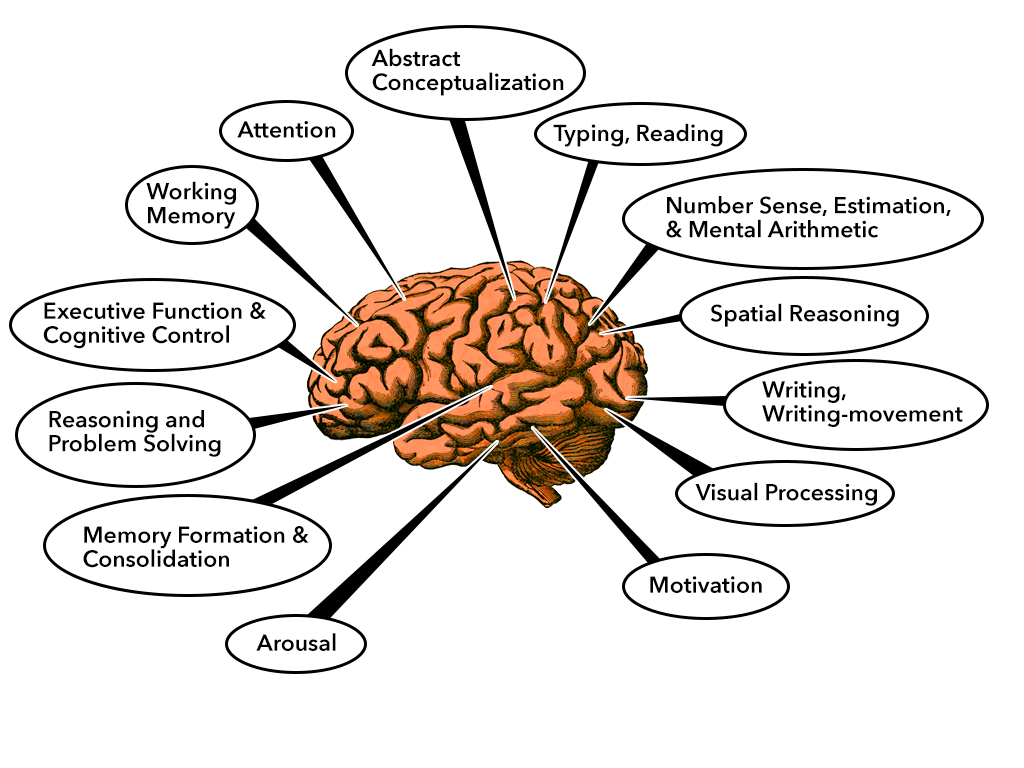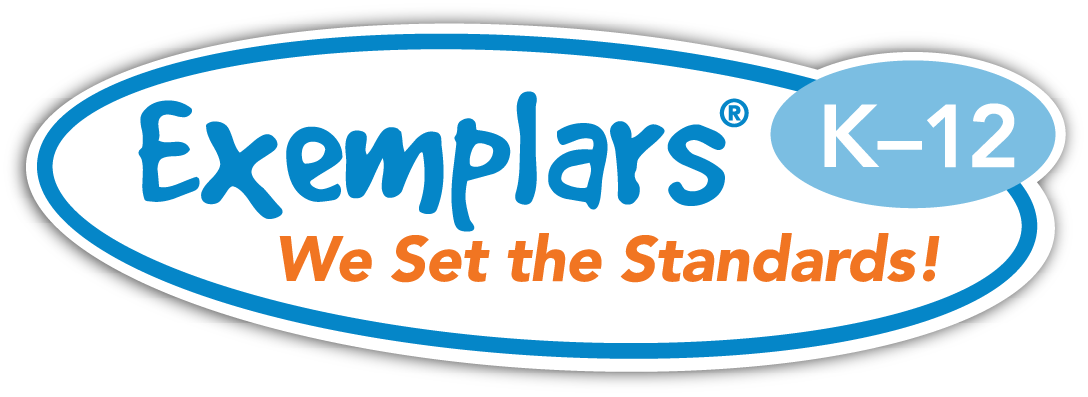Learning That’s Built to Last
Performance Tasks for Permanent Growth
Written by: Jay Meadows, Exemplars, CEO
Over the past several decades, math educators have embraced teaching problem solving in their classrooms and helping students develop innovative strategies to build those skills.
We all agree, it seems, that problem solving is crucial—and we’ve spent years putting that conviction to work. But if learning these skills and practices helps our students master math, why haven’t kids shown dramatic improvements on their state assessments?
One reason may be that students are not moving the learning they are experiencing from their short-term memory to their long-term memory. Although they may have completed a task to the point of finding an answer, significant permanent changes aren’t taking place in their neural networks, the “wiring” that connects groups of neurons in their brain.
Rich Performance Tasks Help Create and Cement Connections
Rich performance tasks, however, can help create and cement these important connections. What makes Exemplars performance tasks unique and special in the world of problem solving? The vital difference is the expectations of the student after they have found an answer: When doing a performance task, finding the correct answer is only the first half of the expectation.
It’s the second half when their neural networks get hard-wired and built to last. During this crucial second half, students must revisit their work and write a clear, sequential argument or “solution" that explains how they solved the problem. This solution is written so that an outside reader can:
- Understand the original problem
- Understand the student’s strategy for solving it
- Be able to follow sequentially each step in their solution process
- Clearly understand the students' mathematical thinking and calculations
- See a representation or diagram that helps to clarify the mathematical relationships in the task
The surprising power of this solution writing to help students develop long-term memories comes from how the brain is designed and how it reacts when it is engaged in new learning. Different concepts and pieces of information are stored in different regions of the brain. The image below represents some of what we’re discovering about concept storage and cognitive processing in the brain.

A second key recent finding is that brain neurons will extend new dendrites and make new connections—create new neural networks—as the result of new learning. Surprising new research seems to show that these dendrites do not grow permanently, but will grow and recede based on their usage and stimulation.
So what does this have to do with math learning?
When a student is expected to revisit their strategy for solving a complex problem immediately after working to find an answer, and then write a step-by-step explanation for how they solved the problem, the exact neural network just utilized in finding the answer is fired up for the entire time the student is working.
This prolonged, organized, simultaneous firing of neural pathways connects the visual processing of the representations they want to create, the written arithmetic required to be demonstrated clearly on paper, and the language and vocabulary necessary to eloquently explain their thinking. All of this is pulled simultaneously to the student’s working memory in the prefrontal cortex, which combines, integrates, and coordinates all of the information. The product is then sent back to the posterior region of the writing region of the brain, which then sends the correct information to the hands to transcribe it all.
It will take 10 minutes, 20 minutes, or sometimes 30 minutes to get all of this onto a student's piece of paper. The entire time, the student’s neural network is connecting all of these elements. The hard wiring is happening! That’s how permanence is achieved …
That’s pretty technical—so let’s simplify. Here’s an analogy I love: Imagine a field of tall grass. If I walk through the grass once and look back a day later, the path I took is likely to have disappeared, as if I was never there. If, however, I walked back and forth on this path for 30 minutes, my trail is very likely to be there tomorrow. If I walk it again for another 30 minutes, several more times, the trail will likely be there a week from now, maybe a month from now.
So to help your students achieve indelible long-term learning, let’s use the latest in brain research to their advantage.
Try any of our fun and engaging performance tasks, which support these important processes by calling on students to solve a problem and share their solutions in writing. That’s asking your students to perform mathematics—and it’s helping them achieve learning that will last.
Source: What Neuroscience Can Tell Us About Making Fractions Stick by Katrina Schwartz



